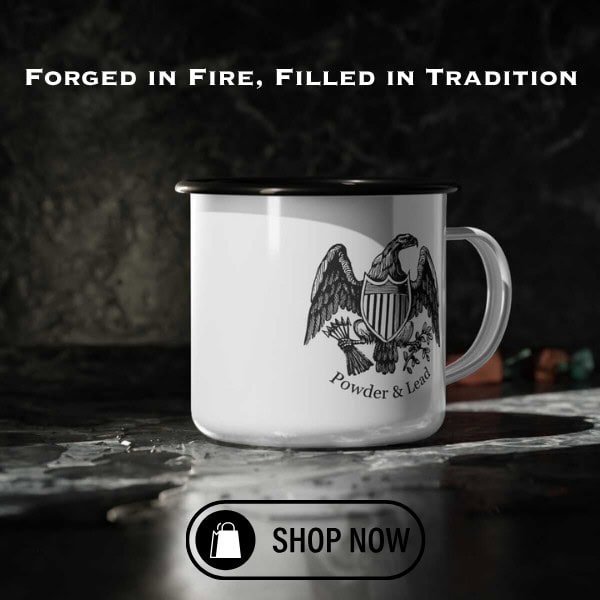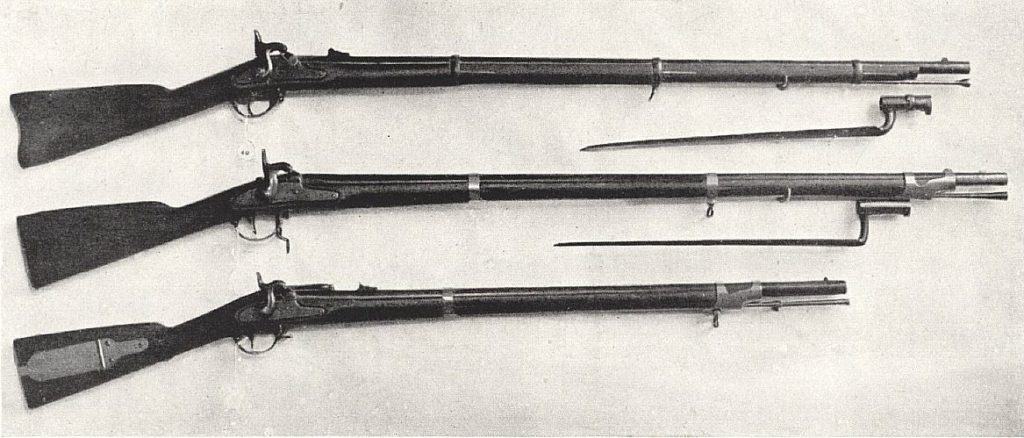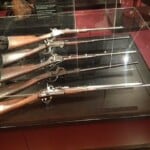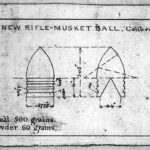
Origins and Historical Significance
The Springfield Model 1861 rifle-musket stands as one of the most iconic firearms of the American Civil War, representing a turning point in military technology and battlefield tactics. Developed at the Springfield Armory in Massachusetts, this rifled musket was the standard infantry weapon for Union soldiers between 1861 and 1865. It was a product of the U.S. government’s ongoing commitment to equipping its forces with more advanced and effective small arms, marking the transition from smoothbore muskets to precision rifled firearms.
The Springfield Armory itself has a deep-rooted history in American military manufacturing. Established formally in 1794, though used as a military storage site as early as 1777, it became the epicenter for firearm innovation in the 19th century. Prior to the Model 1861, the Springfield Model 1855 served as the standard-issue firearm. However, its Maynard tape primer system—designed to speed up ignition—proved unreliable under field conditions. Recognizing the need for simplification and reliability, government ordnance officials developed the Model 1861, which returned to a more conventional percussion cap ignition system, while maintaining the rifled barrel that had already proven superior to smoothbores.
With approximately 700,000–800,000 units produced during the war, the Springfield Model 1861 was the most widely used Union firearm. When factoring in the later Model 1863, which made further refinements, total production exceeded one million units. This widespread adoption significantly influenced Civil War tactics, extending the effective range of infantry engagements and reducing the effectiveness of massed formations that had dominated previous conflicts.
Design and Technical Specifications
The Springfield Model 1861 was a .58 caliber muzzle-loading rifle-musket designed for use with the Minie ball, a conical-cylindrical soft lead bullet that revolutionized small arms warfare. This ammunition, combined with rifled barrels, provided dramatically improved range, accuracy, and lethality compared to the round balls fired from smoothbore muskets.
Key Specifications:
- Caliber: .58
- Ammunition: Minie ball (typically 500–510 grains)
- Powder Charge: 60 grains of black powder
- Overall Length: 56 inches
- Barrel Length: 40 inches
- Weight: ~9 lbs
- Rifling: Three-groove rifling, 1:72" twist rate
- Muzzle Velocity: ~950 feet per second
- Effective Range: 200–300 yards in standard combat conditions; up to 500 yards in skilled hands
- Rate of Fire: 2–3 rounds per minute
Loading and Firing Process
Soldiers armed with the Model 1861 had to master the intricate process of loading and firing under battlefield conditions:
- Load Powder – A pre-measured paper cartridge containing black powder was torn open and the powder poured into the barrel.
- Seat the Minie Ball – The bullet, lubricated for ease of loading, was placed in the muzzle and rammed down onto the powder using the steel ramrod stored beneath the barrel.
- Prime the Lock – A percussion cap was placed on the nipple, replacing the unreliable Maynard tape system of the Model 1855.
- Fire – Pulling the trigger released the hammer, striking the percussion cap and igniting the powder charge, sending the Minie ball downrange.
The combination of rifling and Minie ball ammunition enabled greater penetration and stopping power, making it vastly superior to previous smoothbore muskets. The Model 1861’s accuracy and lethality reshaped Civil War battlefields, leading to the abandonment of traditional Napoleonic tactics in favor of cover-based skirmishing.
Combat Performance and Tactical Impact
The introduction of the Springfield Model 1861 fundamentally altered battlefield engagements during the Civil War. Previously, smoothbore muskets had limited practical accuracy beyond 75 yards, necessitating massed volleys and close-quarters combat. In contrast, the rifled Springfield allowed soldiers to engage enemies effectively at distances up to 300 yards, making direct assaults across open fields far more dangerous and less effective.
This change contributed to the staggering casualties of battles like Antietam and Gettysburg, where advancing troops were cut down from long range before ever closing with the enemy. Infantry units began adopting looser formations and seeking cover, laying the groundwork for modern combat doctrines.
Among the most famous units to wield the Model 1861 were:
- The Irish Brigade – Famed for their ferocity in battle, these Irish-American troops fought with distinction in major engagements such as Fredericksburg and Antietam.
- The 54th Massachusetts Volunteer Infantry – One of the first African-American regiments in the Union Army, the 54th Massachusetts used the Model 1861 at the Second Battle of Fort Wagner.
The weapon was also the basis for the Confederate Richmond Armory Rifle, an almost exact copy made in Southern facilities due to the Confederate States’ reliance on capturing or reproducing Union arms.
Manufacturing and Variants
While the Springfield Armory was the primary manufacturer, demand far exceeded its capacity, leading to contracts with numerous private firms, including:
- Colt Firearms
- Amoskeag Manufacturing
- Whitney Arms Company
- Savage Arms
These contract-produced Springfields often had minor variations but were functionally identical to government-produced arms.
The Springfield Model 1863
As the war progressed, slight refinements led to the Model 1863, which featured simplified barrel bands and eliminated the patchbox. It remained fundamentally similar to the Model 1861 but was easier and faster to manufacture.
Post-War Use and Legacy
After the Civil War, the U.S. Army sought to modernize its small arms. Many Model 1861s were converted into breechloaders, resulting in the Springfield Model 1866 “Trapdoor”, the first of a long line of breechloading rifles that dominated American military service into the late 19th century.
Today, the Springfield Model 1861 remains a prized collector’s item. Original specimens with battlefield provenance command high values at auctions, while reproduction models are popular among Civil War reenactors and history enthusiasts.
Conclusion
The Springfield Model 1861 rifle-musket was more than just a weapon—it was a technological revolution. Its adoption marked a decisive shift in military strategy, ending the dominance of massed formations and ushering in a new era of precision firepower. Whether in the hands of Union soldiers at Gettysburg or in the collections of historians today, the Model 1861 endures as a symbol of American resilience, innovation, and military history.
For those seeking a deeper understanding of Civil War armaments, no study is complete without an appreciation of the Springfield Model 1861—the rifle that helped define a nation’s destiny.
Read more here:
To join discussions on this and other muzzleloading firearms, click here.
If you know of any forums or sites that should be referenced on this listing, please let us know here.






